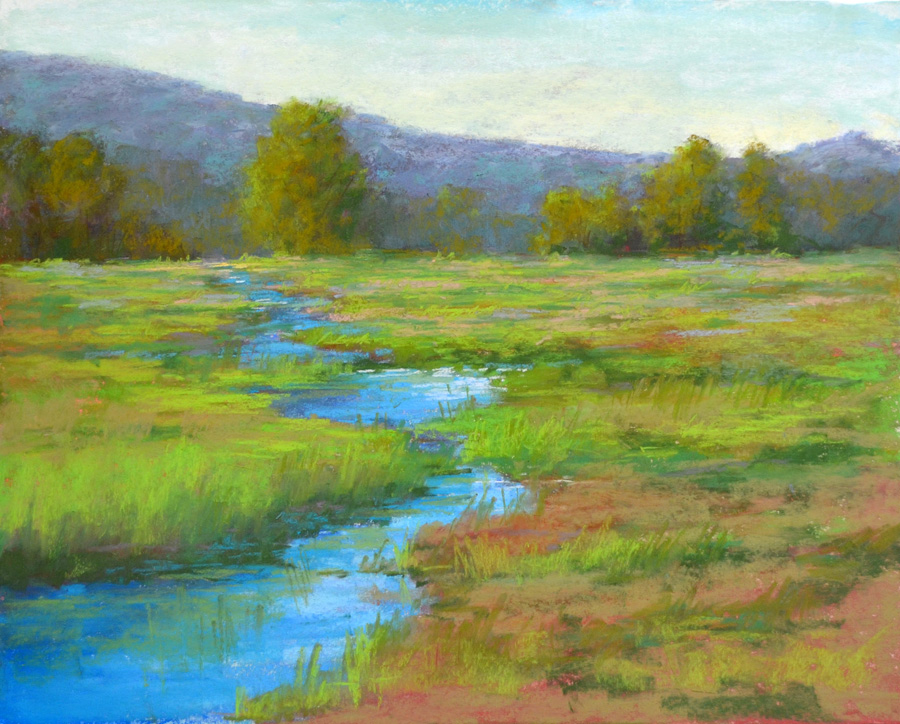A point of view on Bartok’s Concerto for Orchestra
The Concerto for Orchestra is a five movement orchestral composition written by Bela Bartok in 1943. This piece is one of his best known works. In it one can see many aspects of his musical style and compositional techniques.
This piece has an arched form and is symmetrical. Symmetrical structure is featured often in Bartok’s music. It has five movements. The whole piece uses two main motives. Bartok shows them in the very beginning of the piece, one is the ascending fourth, the other is the conjunct motion of the second. The first, third, and final movements are the supporting movements, while the second and fourth movements are episodes of folk music. The third movement’s form mirrors the form of the entire piece: A-B-C-B-A. Therefore, we can find the similar elements of musical images or moods between the second and fourth movements, or the first and fifth movement. For example, in the fifth movement, measure 5-42, the chords played by string pizzicato part are from the intro of first movement. Bartok alters the horizontal fourths to vertical fourths changing the the main motif from melodic to harmonic. The rhythm in Measures 44-46 is the same as the bassoon melody from the second movement; In measures 161-187, the most important pitches are shaped from the first movement’s tone element. In measure 188 a folk music melody appears. The musical material and expression has the same sense and feeling as the second and fourth movements.
Folk music plays an important role in Bartok’s melodic construction. He has his own spectacular and particular ways to approach. He created something new based on the old. It would be a new type of folk music given a new imprint. The folk melody is like a symbol to represent a kind of spirit of atmosphere, but has a wider and deeper meaning.
The intervals, chords, modes and tonalities have a special importance in Bartok’s harmonic language. He combines the chromatic and pentatonic scales together. We can hear similar harmonic techniques used by Debussy. Like Debussy, Bartok’s chords are not always defined by their third, which is often replaced by a forth or second. This blurs the modes he uses with a colorful type of harmonic expression.
In Bartok’s instrumentation, we can hear the influence of Ravel’s instrumentation techniques. The significance of timbre has been enhanced, meanwhile, the importance of melody has been reduced. The conversation between different timbers is everywhere.
Bartok did reserve some traditional things in his music like sonata form, traditional harmonic language, and the way to use a few motives to create a whole piece.
